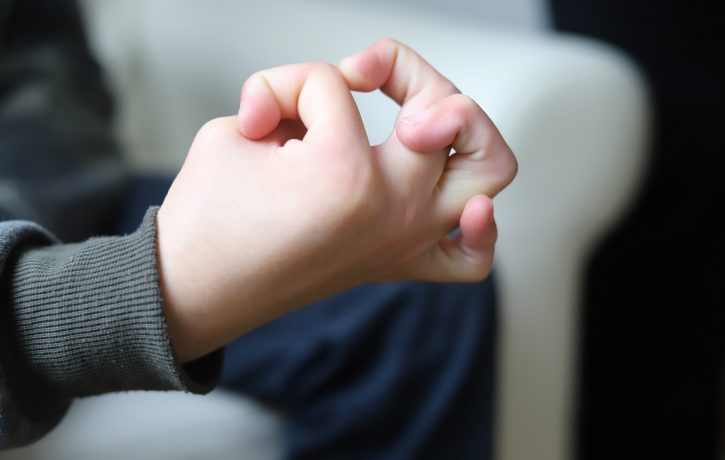Things You Need to Know About Hypermobility

What is Hypermobility? ‘Hyper’ means to ‘more than average’ and ‘Mobility’ basically means ‘movement’ so Hypermobility = more than average movement in joints and connective tissues.
Across the population, there will be vast differences from very mobile people to very tight/stiff people. Muscle stiffness or tightness is determined by our nervous system creating resistance in the muscles when we try to stretch, whereas higher levels of mobility are more determined by the tension, or lack of, within our connective tissues. This is genetically predetermined and more elasticity in our body allows less stability and more movement across the joints, potentially leading to joint pain.
There are many different sub-types of hypermobility meaning people will be more or less affected by their hypermobility, but there is no inevitability that it will have a negative impact on their lifestyle.
How those with hypermobility are affected individually will be very different. Those who have good muscle tone, structure and coordination are likely to experience less joint instability, so are at lower risk of joint pain. Whereas those that struggle with exercise and have poorer muscle tone and coordination may well get more shear forces (side to side movements) through joints that leads to the irritation and pain. Those that do get joint pain will benefit from gentle non-impact resistance exercise to increase the control and stability of the muscles around the joints, so reducing the shearing forces, far more than avoiding activity which only exacerbates muscle deconditioning.
Pain will obviously have a negative impact on an individual’s life; therefore it is extremely important that they get the right advice about activity and exercise, and not to worry as the vast majority of people with hypermobility will live long, healthy and active lives.
So as long as you are sensible about the type of exercise you take part in then it will be safe, and the more you do lessens risk of pain in the future.
If you think you may have, or have been told that you do have hypermobility, why not try The Body Matters team and find out what you can be doing to encourage and help you live a more active lifestyle.
This article was written by Matthew Oliver M.Ost DO ND. Osteopath.
- Finding Hope and Comfort Through Pain - 21st March 2025
- Non-Pharmacological Solutions for Managing Pain in Parkinson’s - 19th February 2025
- The Healing Touch: How Massage Benefits People with Spinal Injury Pain - 28th January 2025
